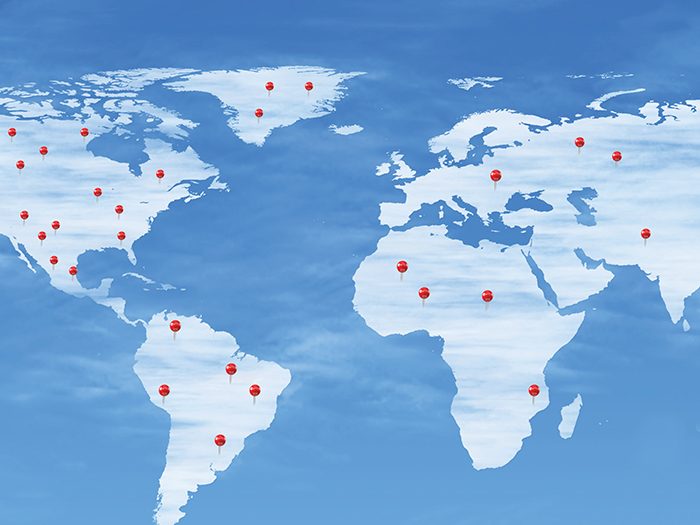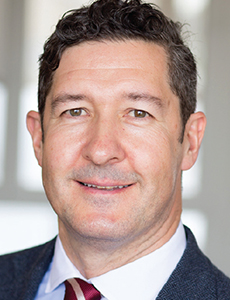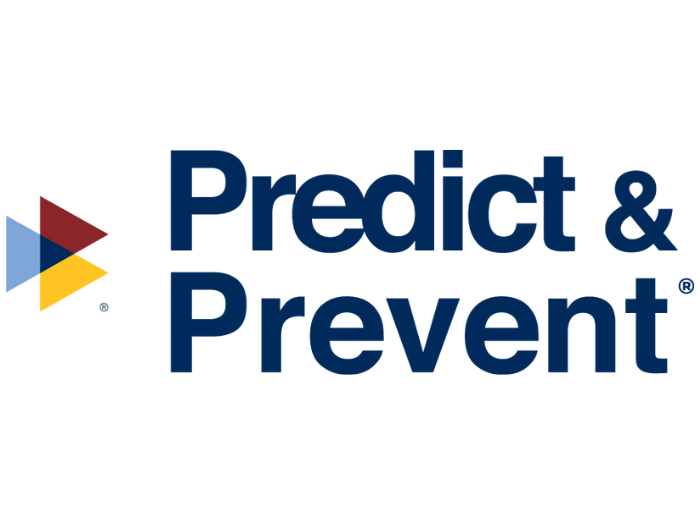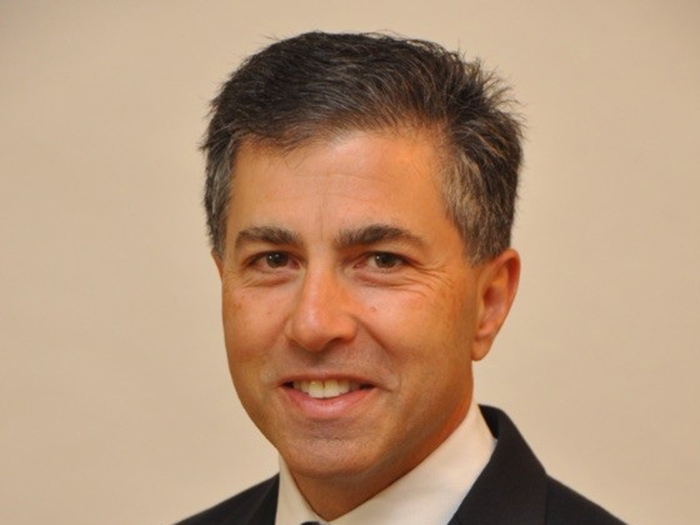Risk Focus: Multinationals
Prevent Your International Business from Losing Millions with a CMP

Globalization and the growth of ecommerce resulted in more U.S.-based companies expanding and doing business overseas than ever before. However, the ever-changing raft of local tax and insurance laws and regulations multinational firms have to contend with means demand for fully-functioning controlled master programs, or CMPs, has never been greater.
A CMP combines a global master policy, usually issued in the country where the firm is headquartered, with local admitted policies in the various countries where it operates to provide umbrella coverage.
“Gone, seemingly, are the days that large enterprises are confined to only their domestic market,” said John Osterhagen, regional practice leader, Allianz Multinational, Allianz Global Corporate & Specialty North America.
“There is also an increasing trend for smaller corporate entities needing to have multinational program solutions as they also become more global.”
While being the lead carrier on such a program may initially seem to be an attractive proposition to many insurers because of the premium volume it can earn, the risks involved are extensive.
Carriers therefore need to have a sophisticated knowledge of local laws and regulations in the countries their clients operate in as well as a granular understanding of those businesses and the operations they’ll insure.
Experts say few carriers have the true capability to pull this off successfully and profitably. Those who do though, can reap the rewards.
“There are fewer carriers today with the capability of pulling together a program of this nature than there were 15 years ago,” said Nick Batten, vice president of global services, FM Global.
“That’s why it’s more imperative than ever to choose an insurer with an appropriate network and controls in place with consistent underwriting, form and claims handling.”
Increased Demand of Controlled Master Programs
Increased regulatory scrutiny requiring companies to conform with local tax and insurance laws, and the threat of penalties from governments and local authorities, drove many multinationals to turn to controlled master programs as a solution.
Added to that has been the escalation of bilateral and multilateral agreements among regulatory bodies with shared borders, which further tightened the net on foreign firms.
Osterhagen said the need for controlled master programs is also driven by demand from companies for specialty coverage, including cyber, aviation, product recall, equipment installation and terrorism/political risk. Additionally, there has been increased client awareness of compliance and taxation issues, he said.
“Controlled master programs are the industry standard in being able to meet these client needs,” he said.
“They allow for both uniform cover and central control, while also providing the flexibility in local underlying policies to respond to local rules, insurance law, taxation, market standards and language.”
Carriers See Lead Advantages
Being the lead on large corporate lines programs enables the carrier to better influence policy terms and conditions as well as to expand its risk share when opportunities present themselves. They have a greater chance of being profitable with a wider spread of risk.
“From a property standpoint, the greater scale and geographic diversity of risk, the better for the carrier,” said Alfred Bergbauer, The Hartford’s head of multinational.
“If, for example, you have 20 locations, then chances are not all 20 locations are going to burn down at the same time.”
Taking the lead also enables carriers to develop a long-lasting relationship with the client, which can reap greater rewards, said Steven Haasz, global chief operating officer, AXA Corporate Solutions Assurance. It also allows them to have a greater role in setting the agenda, he said.
“By being the leader, you have the ability to help influence the [controlled master programs’] terms and coverage to meet the client’s needs,” he said.
“That way you can set the tone and agenda for how you want to shape the program for them.”
From a client’s perspective, having controlled master programs also enables them to achieve greater consistency across their global operations.
In order to do so, though, the client needs to work with their insurer to find a compliant solution across multiple countries that provides tailored coverage, customized claims handling and pricing consistency.
Controlled Master Programs and Their Challenges
But leading a controlled master program comes with its own host of challenges, not least the complexity and costs involved in managing a chain of third parties, from brokers and reinsurers to claims adjusters and risk quality engineers. It’s critical for carriers to factor in these expenses in pricing and to manage that network accordingly.
While many of these costs can be addressed through charging global fronting fees, ceding commission from retrocessionaires or pricing premiums adequately, the insurer needs to have a full understanding of all the above products. The carrier also has to balance its needs with those of the client.
Because every market is different, carriers need to intimately understand and keep abreast of the latest changes and developments in that market in order to remain compliant. They must also have a detailed understanding of the industries they are writing insurance for.
“If you have a client who deals in a highly volatile and risk-sensitive product, it may not be … the best candidate to insure. But when you look at the manufacturing methods used, quality assurance and recall methodology in place, it may actually be a risk worth writing.” — Alfred Bergbauer, head of multinational, The Hartford
“This is a real determiner of whether an insurer can achieve and maintain profitability,” said Allianz’s Osterhagen.
Different occupancy structures, fire suppression standards, supply chain variations and special perils are all areas that need to be looked at closely, Osterhagen said.
Lou Capparelli, executive vice president, Chubb Global Casualty, said any changes must be identified and addressed by the underwriter, the brokers and the insureds. These can include changes to tariffs, tax regimes, premium exportability and the claims environment, he said.
Carriers also need extensive knowledge of the individual business they are underwriting, said Bergbauer.
“If, for example, you have a client who deals in a highly volatile and risk-sensitive product, it may not be on first impression the best candidate to insure,” he said. “But when you look at the manufacturing methods used, quality assurance and recall methodology in place, it may actually be a risk worth writing.”
AXA’s Haasz added: “At the end of the day, you need to understand your client’s business fully and what they are trying to achieve from their insurance program and how you can address those needs in the multiple countries they operate in.
“You can only accomplish that by working closely with the client, brokers and partners in your network across these territories to deliver the right solution.” &












